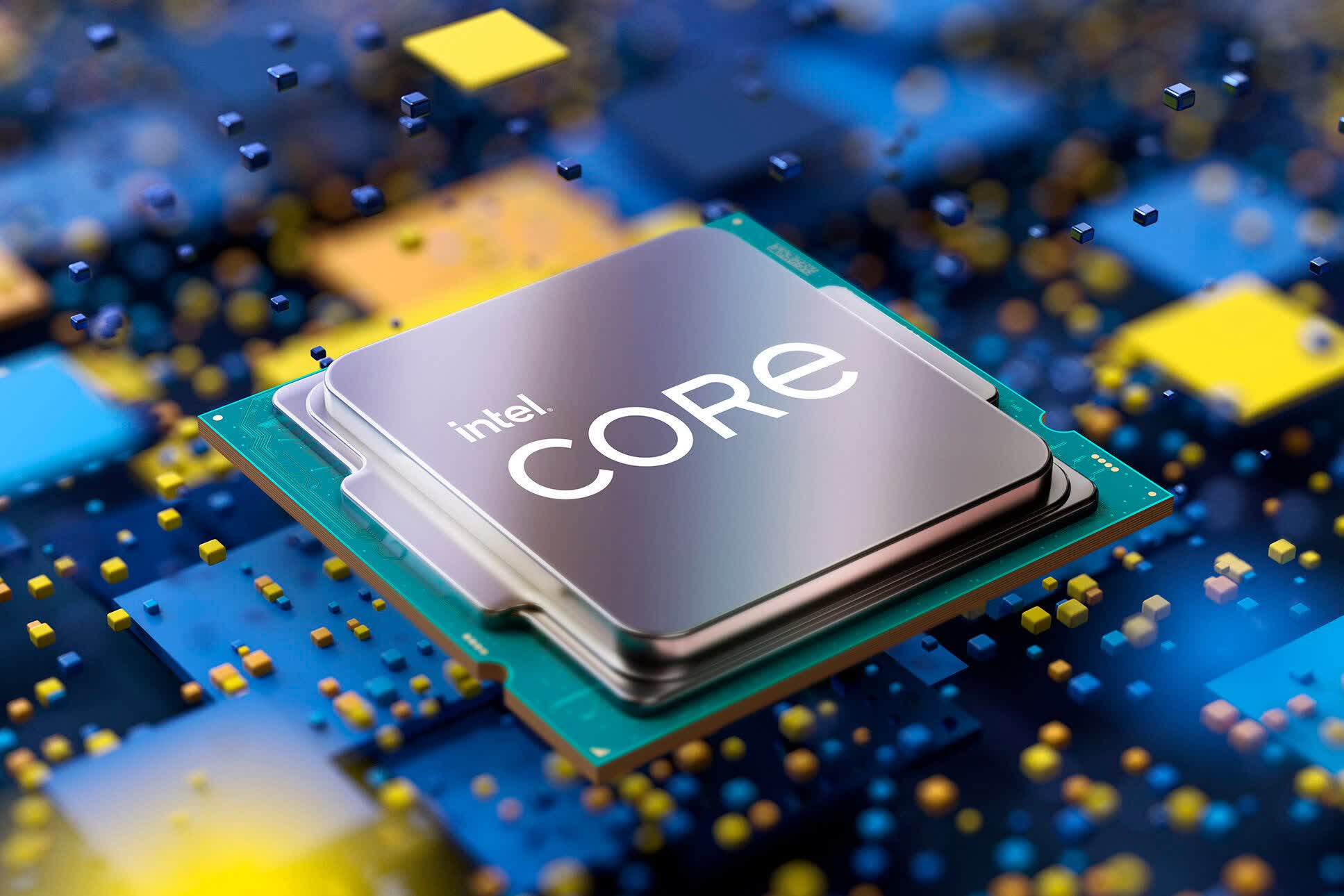In a nutshell: According to the most recent information, this year's upcoming 14th-generation Intel processors will be a refresh with a minor performance advantage over Raptor Lake. New images provide a clearer picture of how two Meteor Lake processors perform in the wild.

A fresh batch of leaks showcases early performance metrics for the Intel i5-14600K and i7-14700K, two of several CPUs the company plans to unveil this fall. The new screenshots confirm a slight clock speed increase for the i5 over its 13th-generation counterpart, which could result in a noticeable performance improvement.
Posts on Twitter and Geekbench confirm rumors suggesting the 14600K maintains the Raptor Lake i5's 12-core, 20-thread count. That information also indicated the other Meteor Lake CPUs would feature the same core counts as their predecessors except for the i7, which would jump to 20 cores – eight performance and 12 efficiency.
The new benchmarks also align with prior reports regarding the i5's maximum boost clock, 5.2GHz. One of the screenshots shows a CPU-Z window with a clock multiplier between eight and 55, suggesting the processor could reach 5.5GHz. The CPU-Z and Geekbench results pair the processor with Z790 motherboards, the latter running on a Windows 11 system with 32GB of DDR5 RAM.
i5 14600K https://t.co/NvgOrUtj25 pic.twitter.com/7n3v7GEO5P
– í¬ìÂÂí¬ì (@harukaze5719) August 9, 2023
The Geekbench 17,190 multi-core score compares quite favorably to the i5-13600K's 14,666 and shows a dramatic increase over the i5-12600K's 11,676, suggesting the new i5 could be a respectable mid-range CPU depending on the price.
Since Meteor Lake supports the same LGA 1700 socket as the prior two generations, it could provide an easy-but-not-insignificant performance uplift for Raptor Lake or Alder Lake users. BIOS updates are currently available from the major motherboard vendors.
Another screenshot displays an MSI BIOS showing an i7-14700K running at 6.3GHz with DDR4 RAM hitting 4.6GHz. However, it may be a conventional overclock, as prior rumors have the processor topping out at 5.4GHz.
Intel will likely showcase Meteor Lake at its Innovation 2023 on September 19 and 20 in San Jose, California. The processor lineup will probably launch in late October. Further out are the 15th-generation Arrow Lake CPUs, rumored to offer a more significant performance increase, albeit on a new socket. Recent information places their arrival in late 2024.
https://www.techspot.com/news/99731-geekbench-cpu-z-leaks-indicate-slight-clock-boost.html